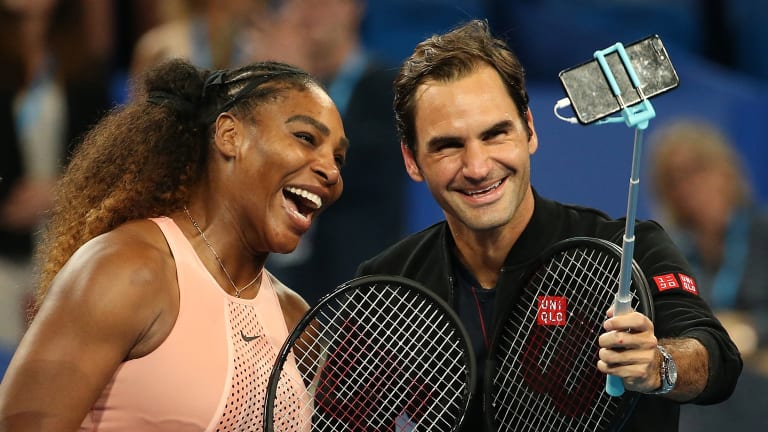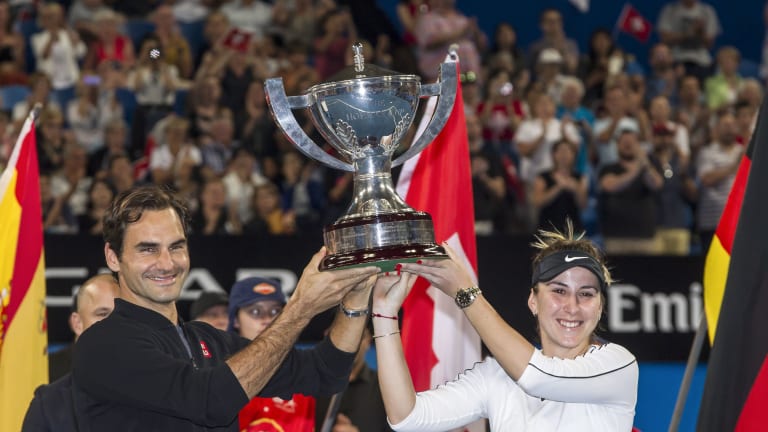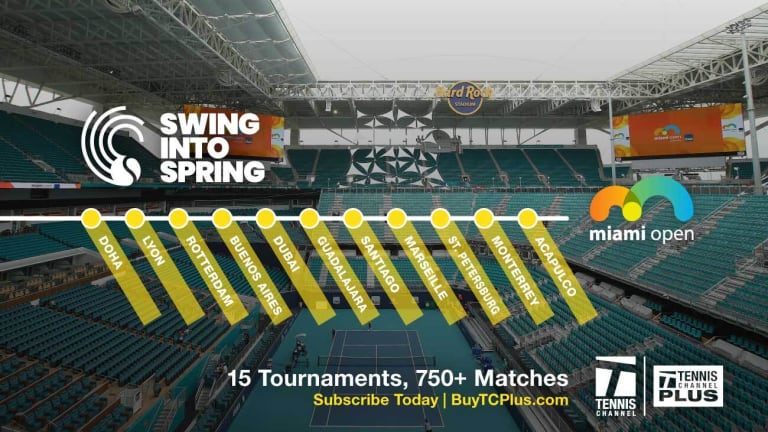Indian Wells, USA
Amid pandemic and cozier tour talks, Hopman Cup is the event we need
By Mar 16, 2021Indian Wells, USA
Mackenzie McDonald is paying the college tennis experience forward with a new fund
By Mar 17, 2025Indian Wells, USA
Mirra Andreeva and Jack Draper win breakthrough titles at Indian Wells: What did we just witness?
By Mar 17, 2025Indian Wells, USA
Jack Draper's run through Indian Wells concludes with his first ATP Masters 1000 title
By Mar 16, 2025Indian Wells, USA
Holger Rune vs. Jack Draper: Where to Watch, Indian Wells Preview, Betting Odds
By Mar 16, 2025Indian Wells, USA
Holger Rune reaches first Indian Wells final over Daniil Medvedev
By Mar 15, 2025Indian Wells, USA
Mirra Andreeva vs. Aryna Sabalenka: Where to Watch, Indian Wells Preview, Betting Odds
By Mar 15, 2025Indian Wells, USA
Mirra Andreeva, 17, advances to Indian Wells final, beating Iga Swiatek in chilly conditions
By Mar 15, 2025Indian Wells, USA
Ruthless Aryna Sabalenka storms past Madison Keys, 6-0, 6-1, in semifinals of Indian Wells
By Mar 15, 2025Indian Wells, USA
Carlos Alcaraz vs. Jack Draper: Where to Watch, Indian Wells Preview, Betting Odds
By Mar 15, 2025Indian Wells, USA
Amid pandemic and cozier tour talks, Hopman Cup is the event we need
The ATP and WTA couldn't get much closer than they did at the Hopman Cup, a streamlined and popular event that seems bubble—as well as player-friendly.
Published Mar 16, 2021
Advertising

Amid pandemic and cozier tour talks, Hopman Cup is the event we need
© Getty Images
Advertising

Amid pandemic and cozier tour talks, Hopman Cup is the event we need
© AFP via Getty Images
Advertising

Amid pandemic and cozier tour talks, Hopman Cup is the event we need
© Getty Images
Advertising

Amid pandemic and cozier tour talks, Hopman Cup is the event we need